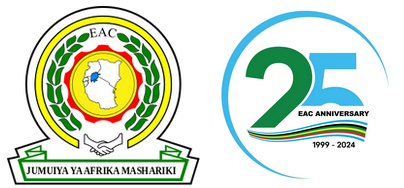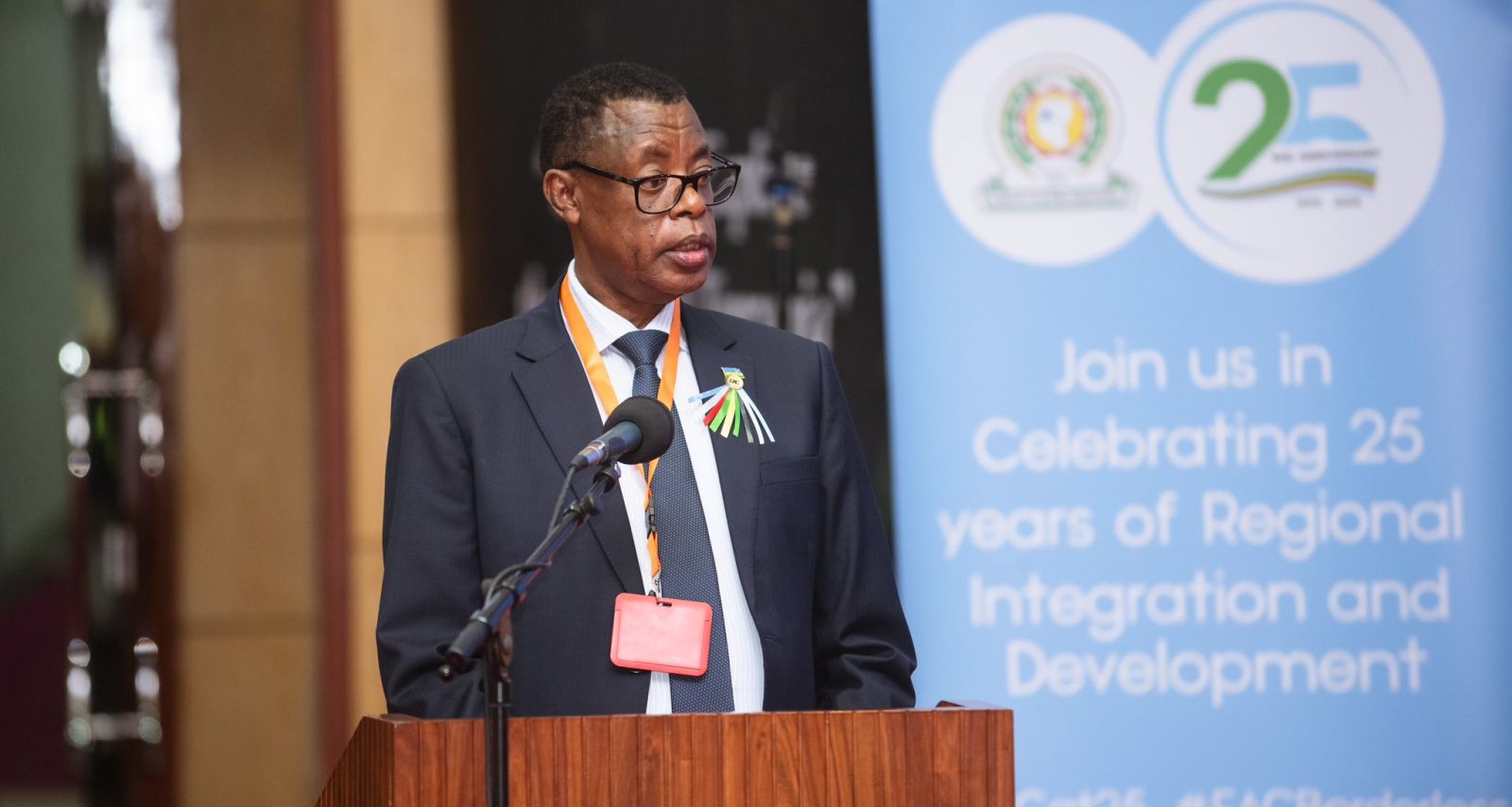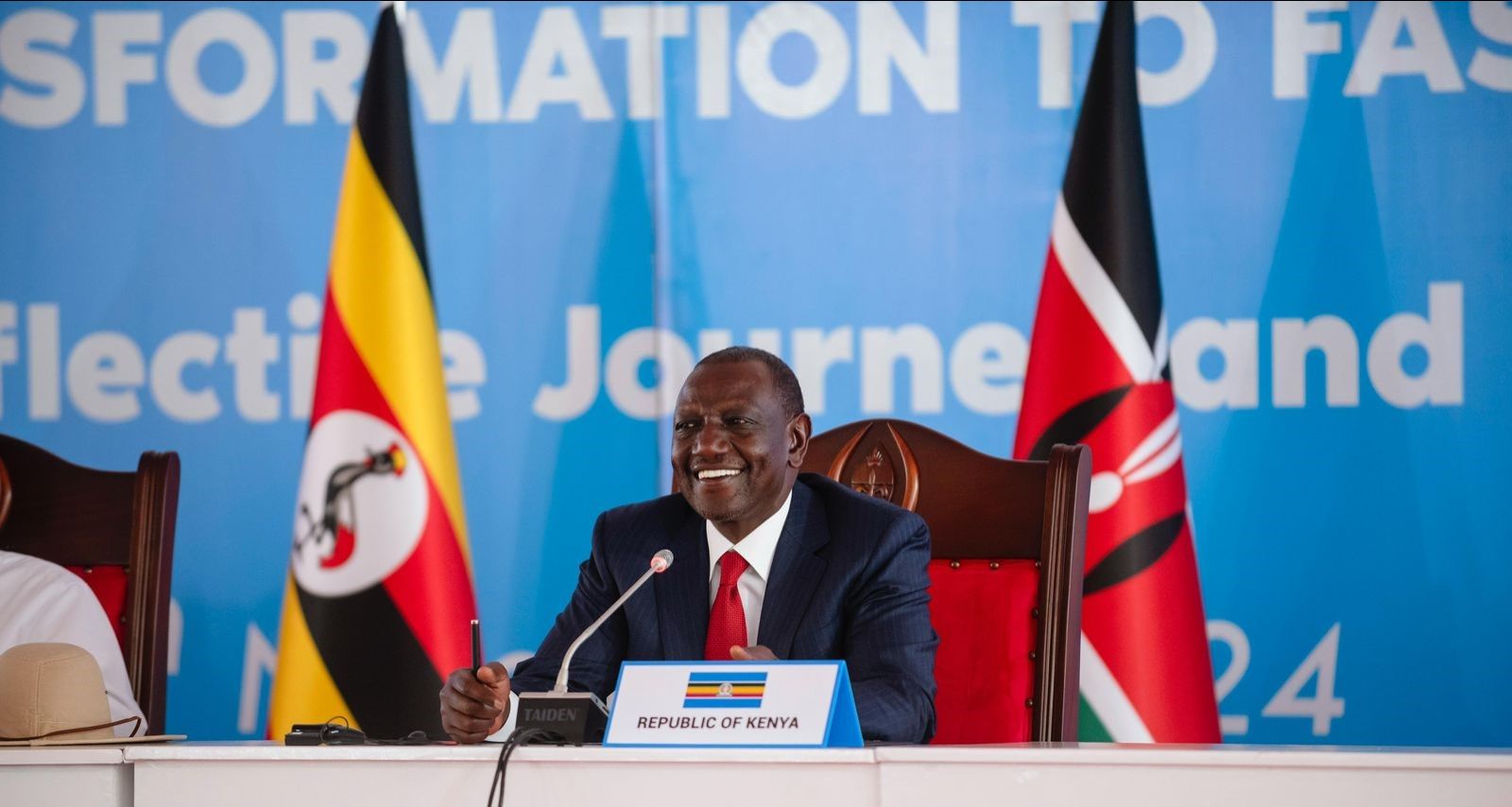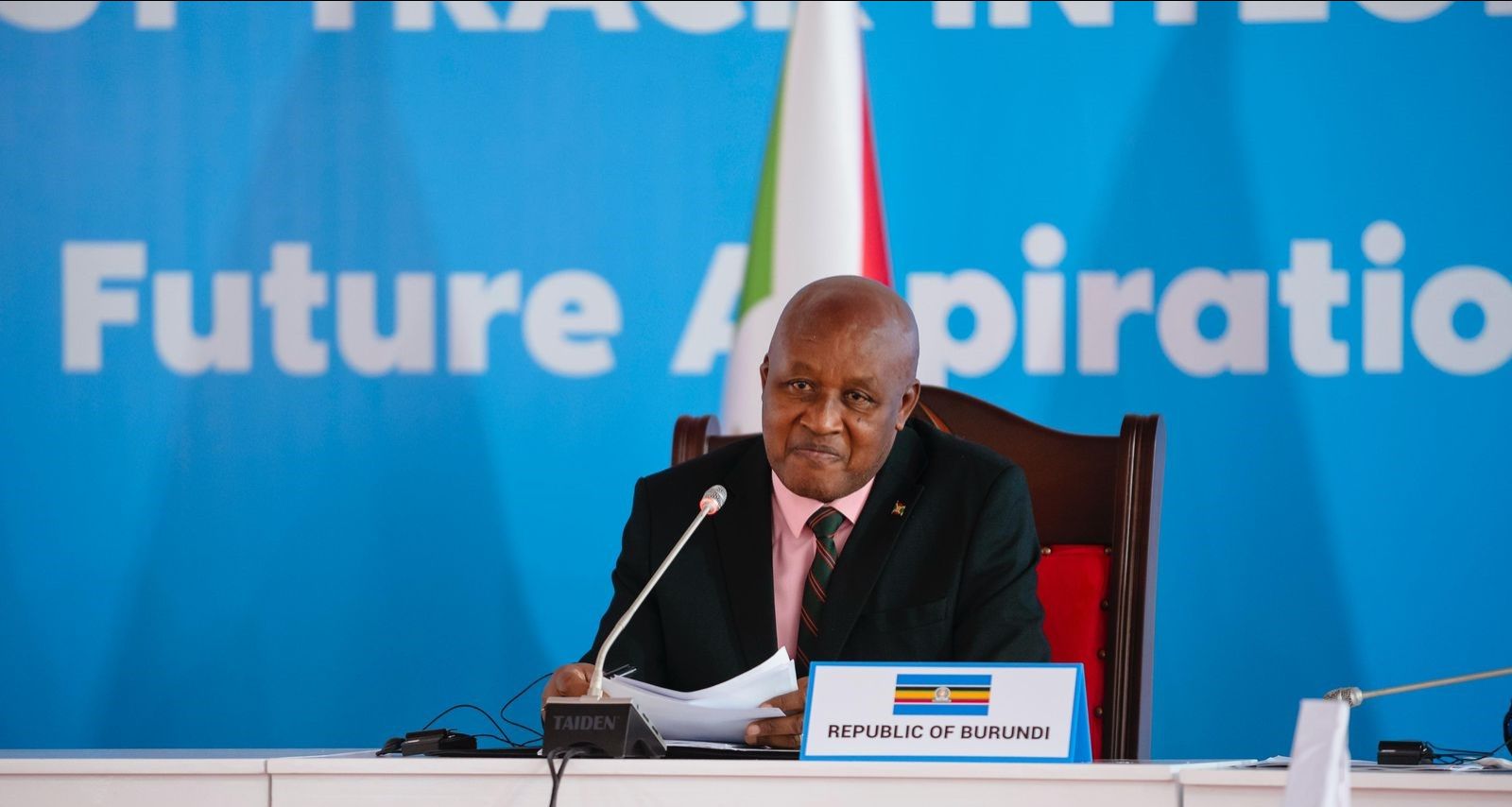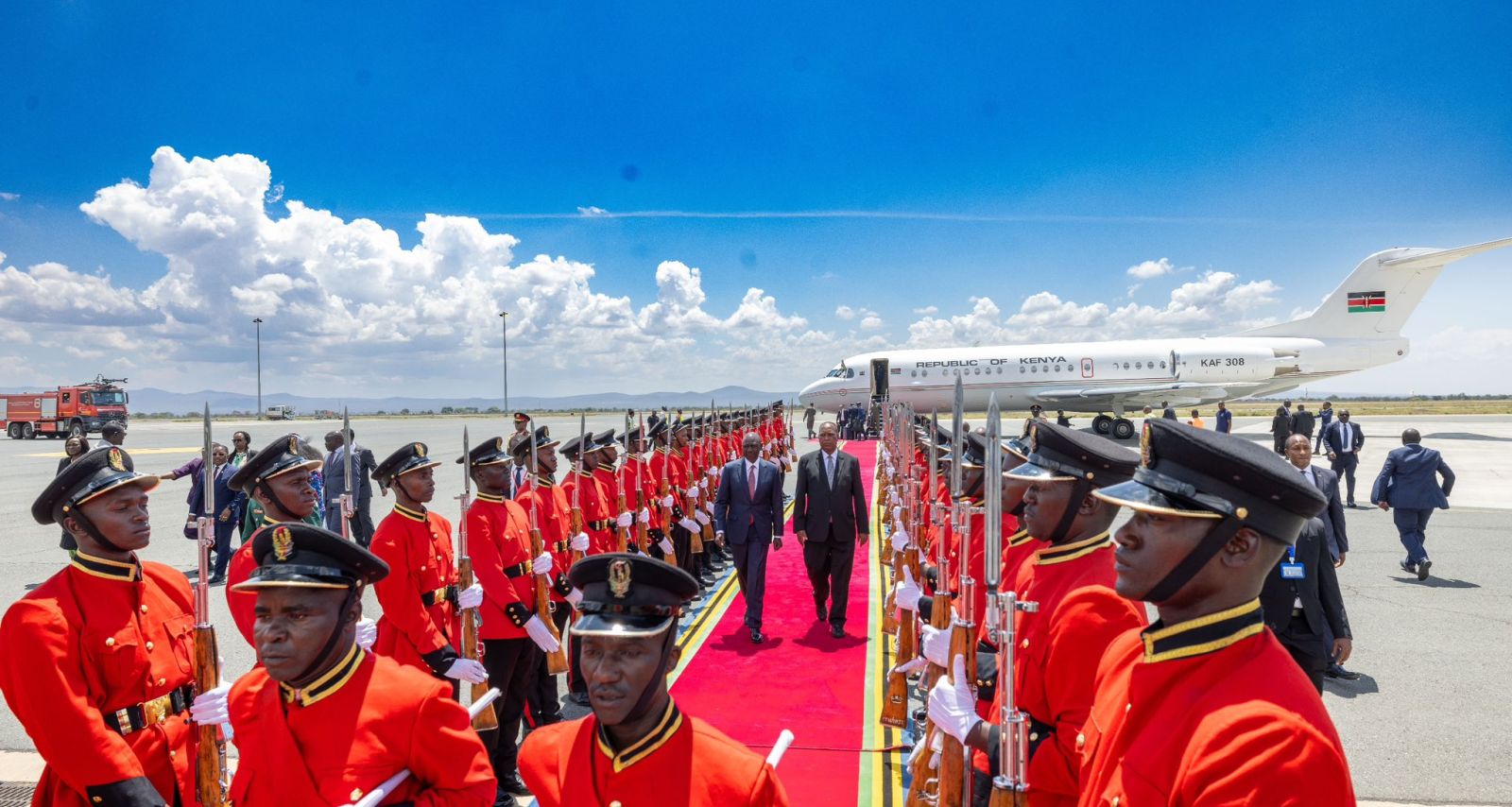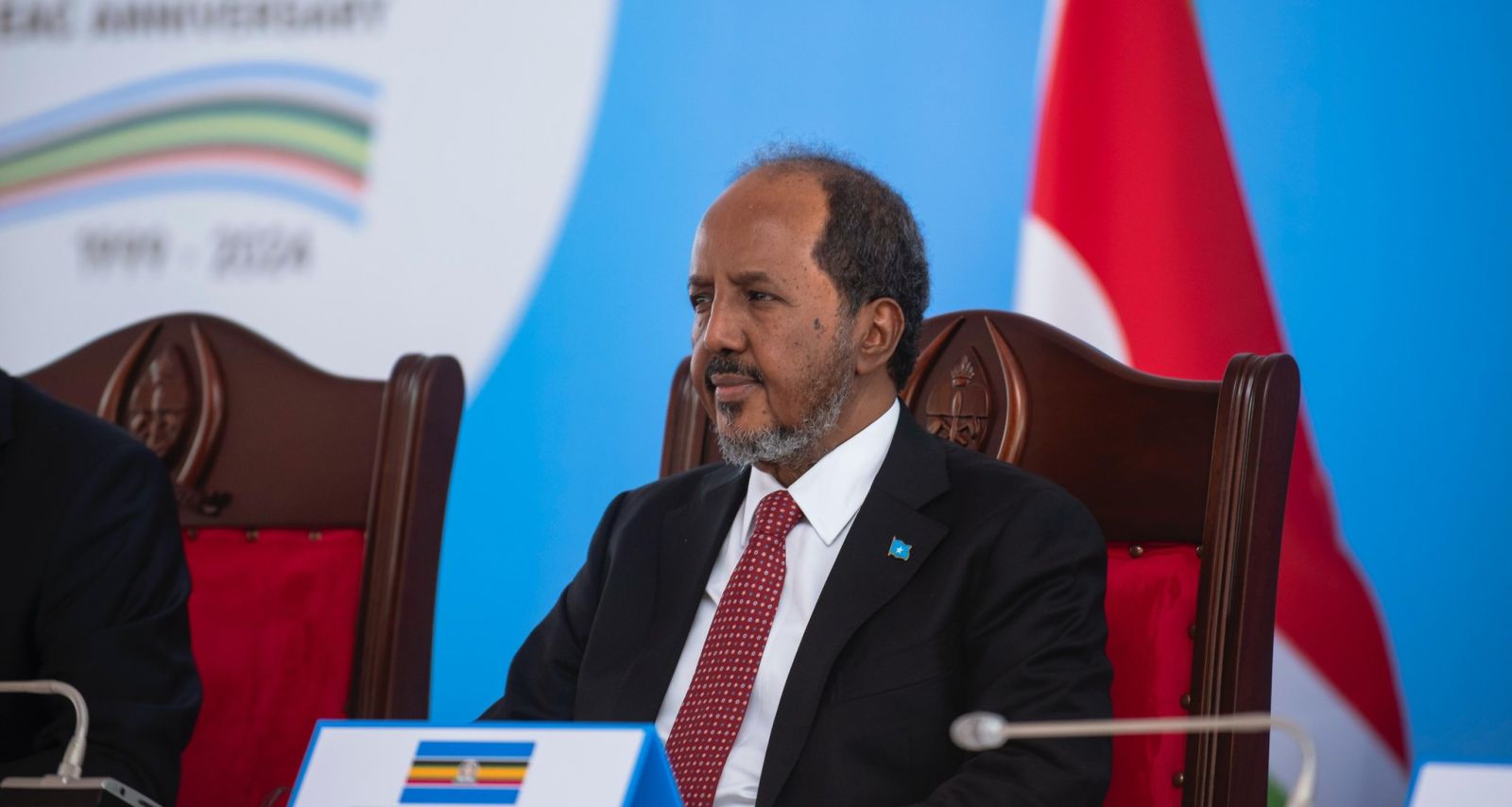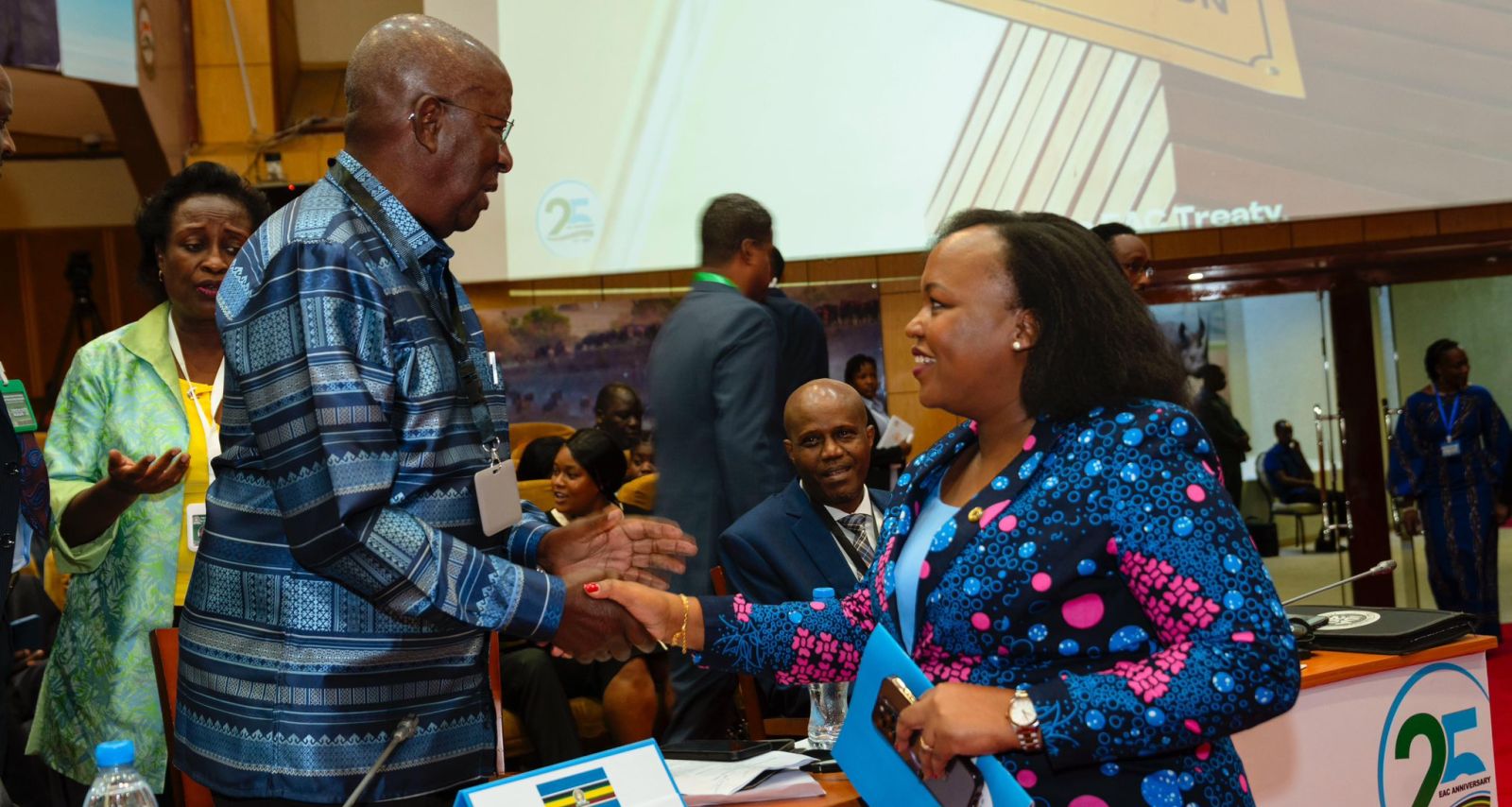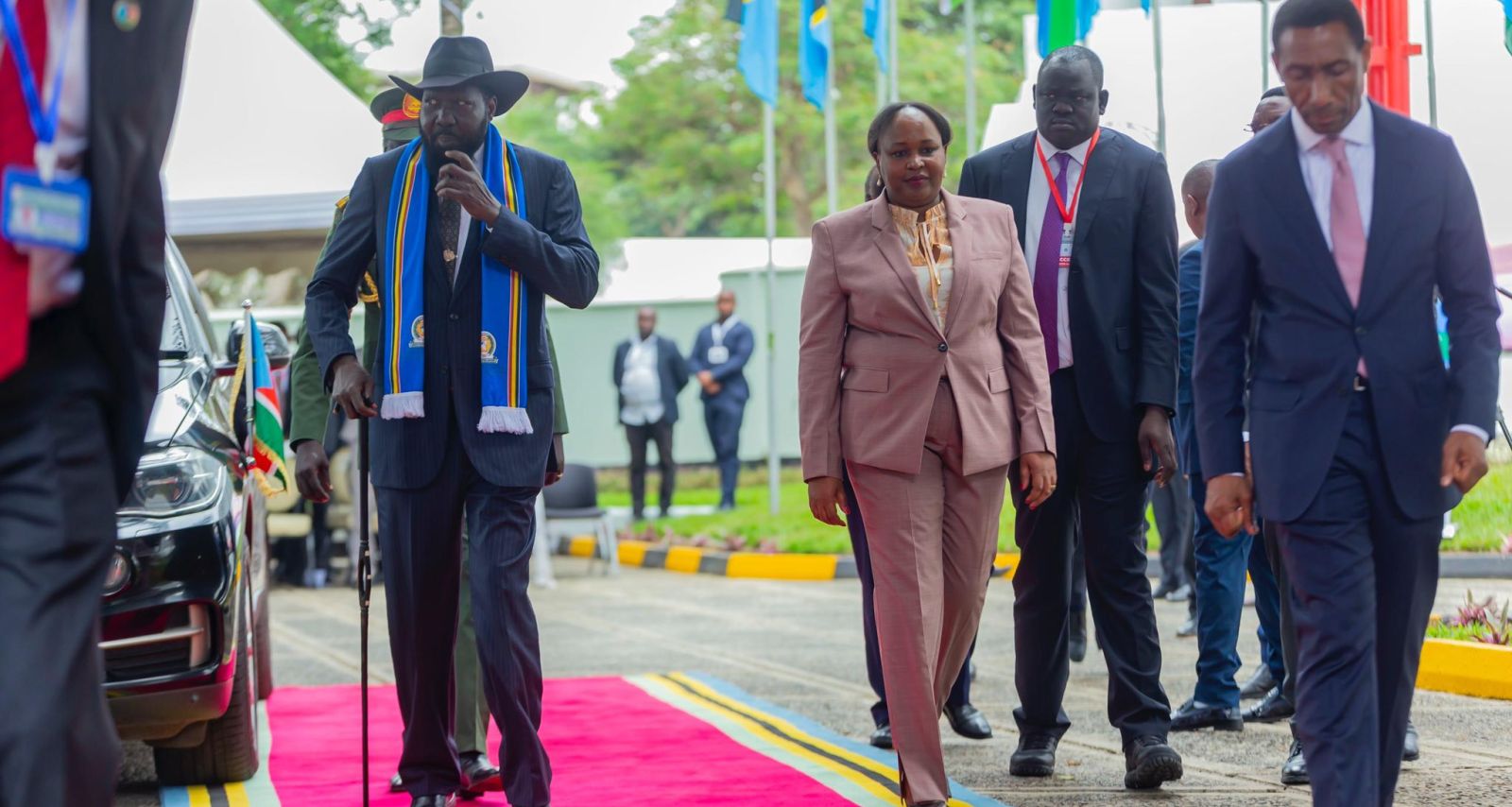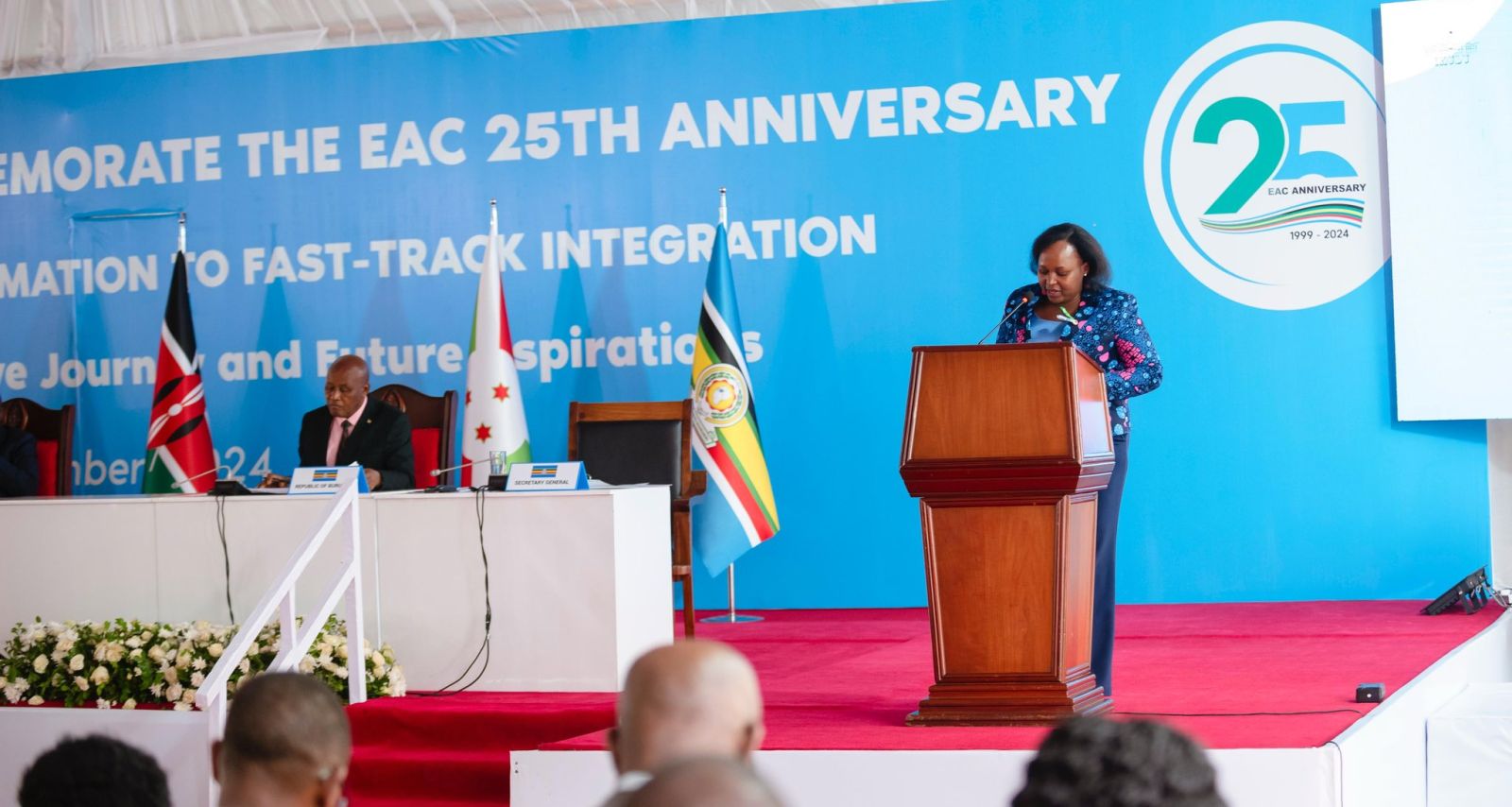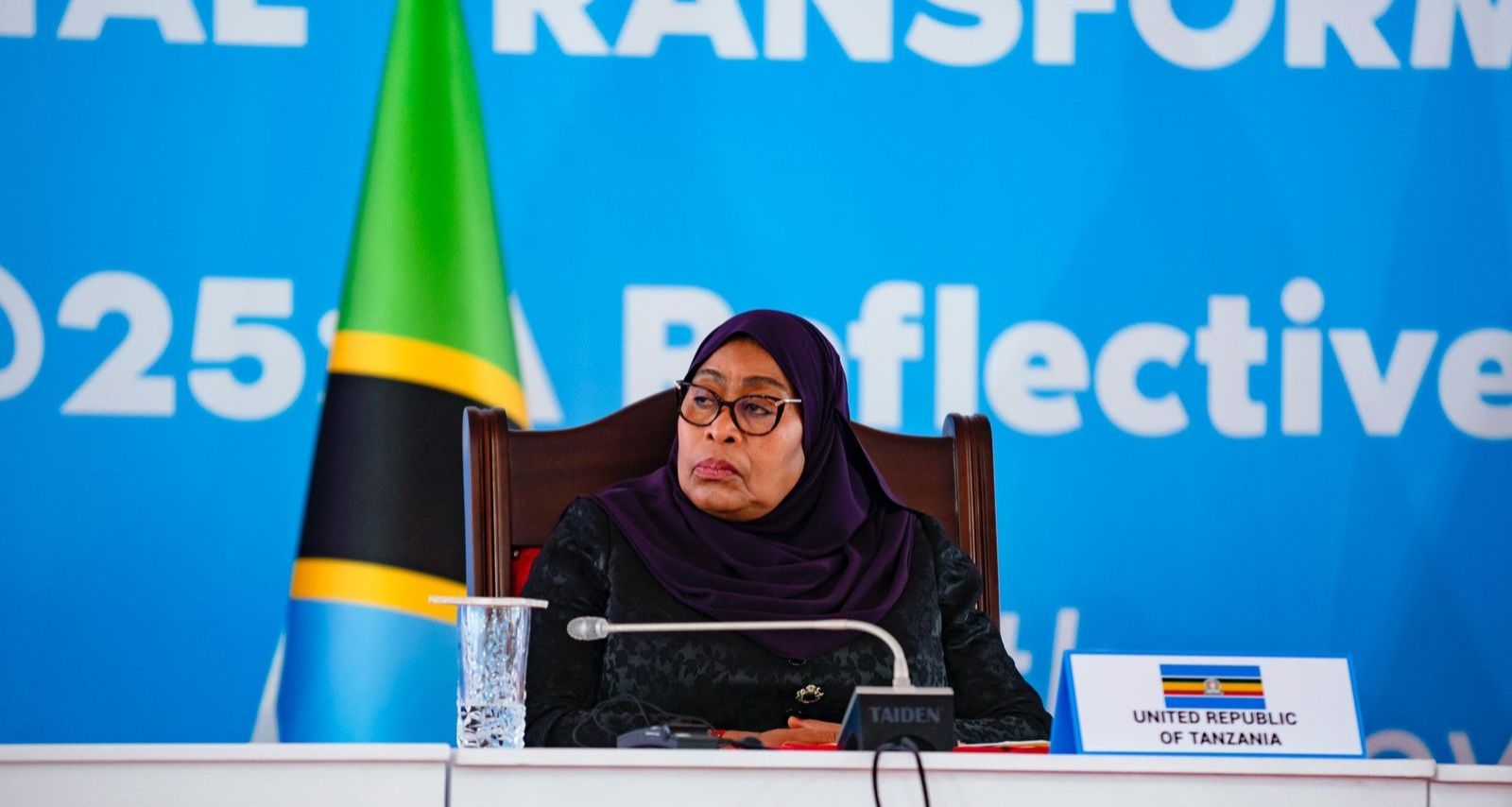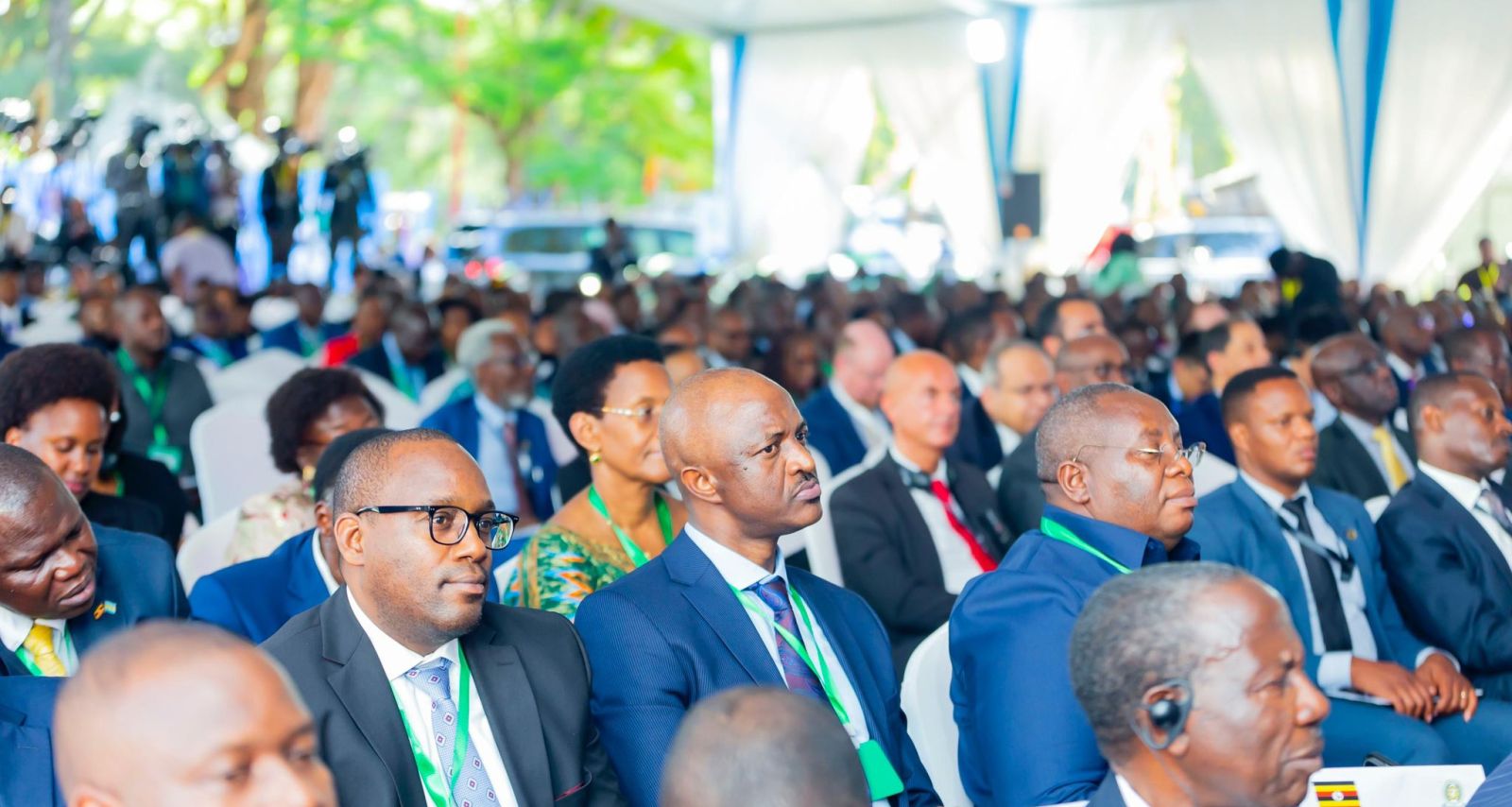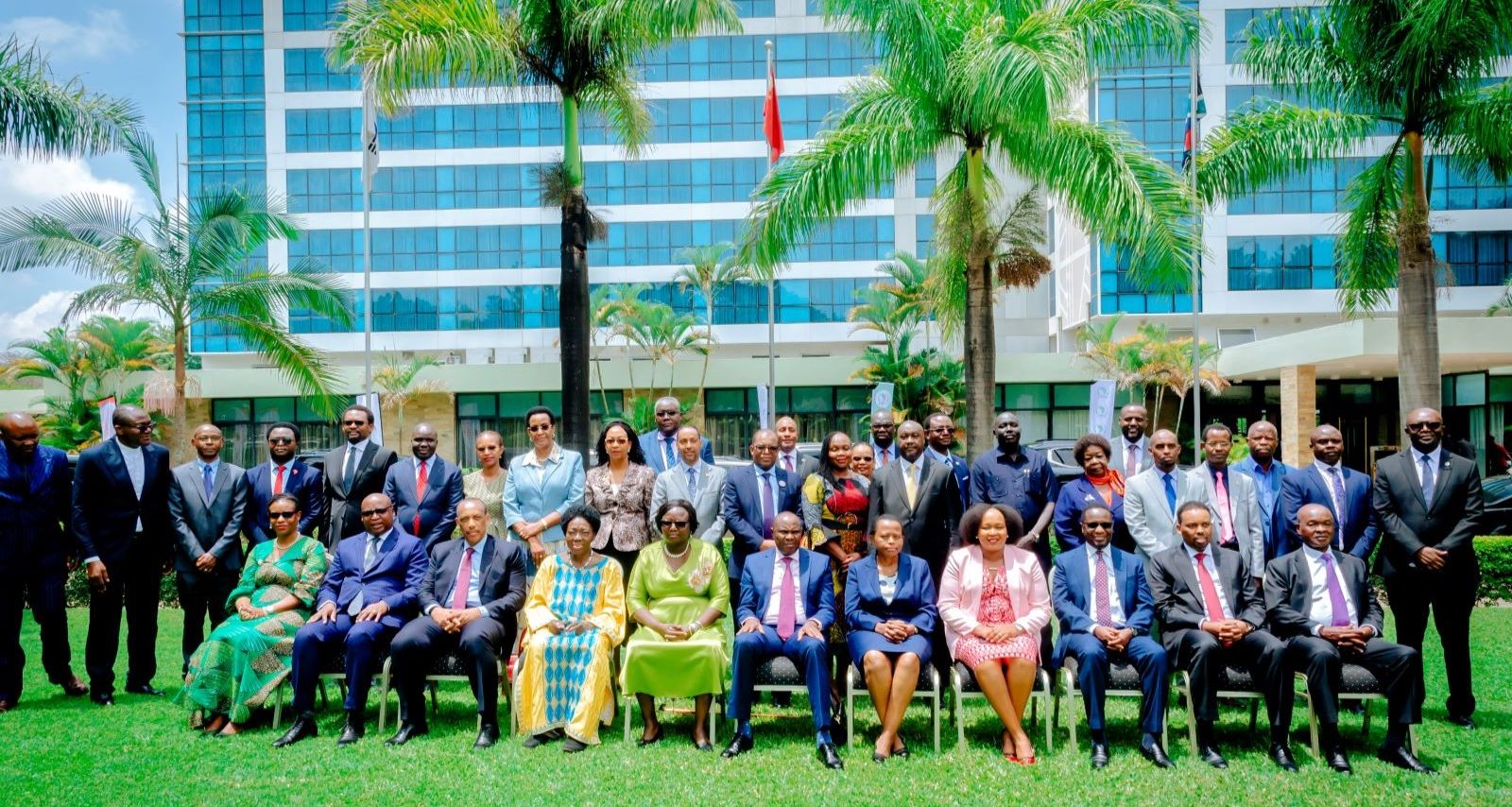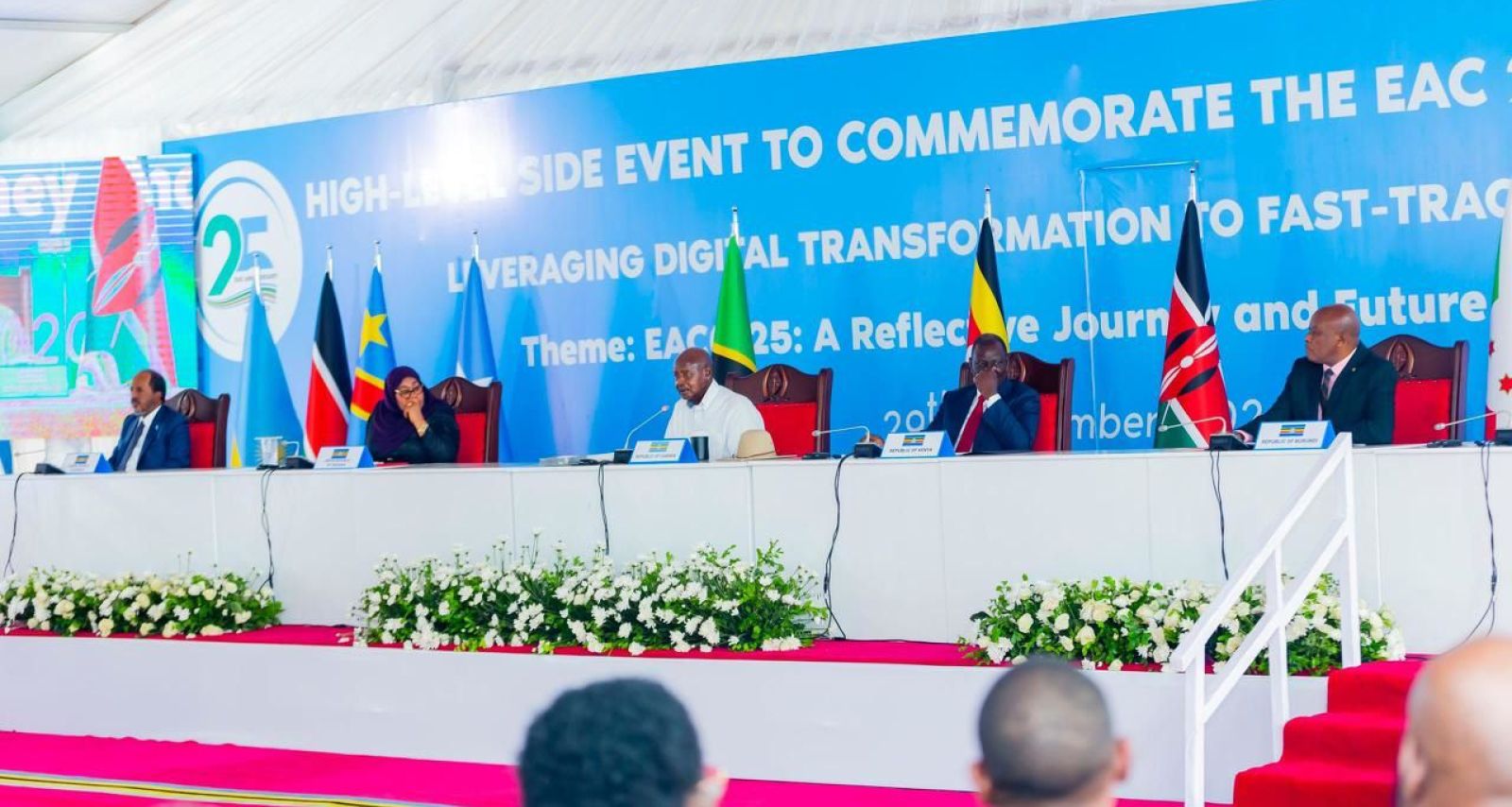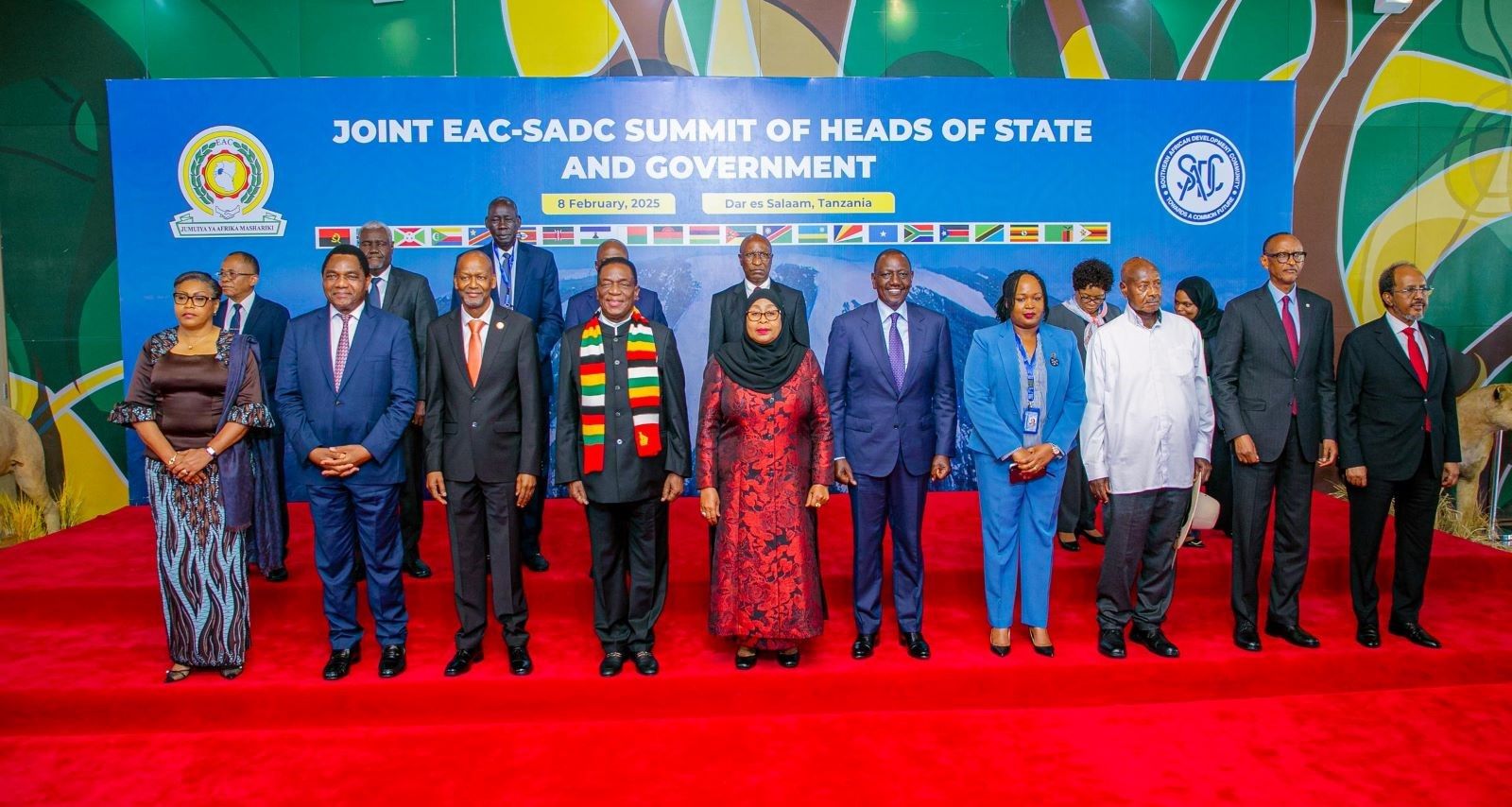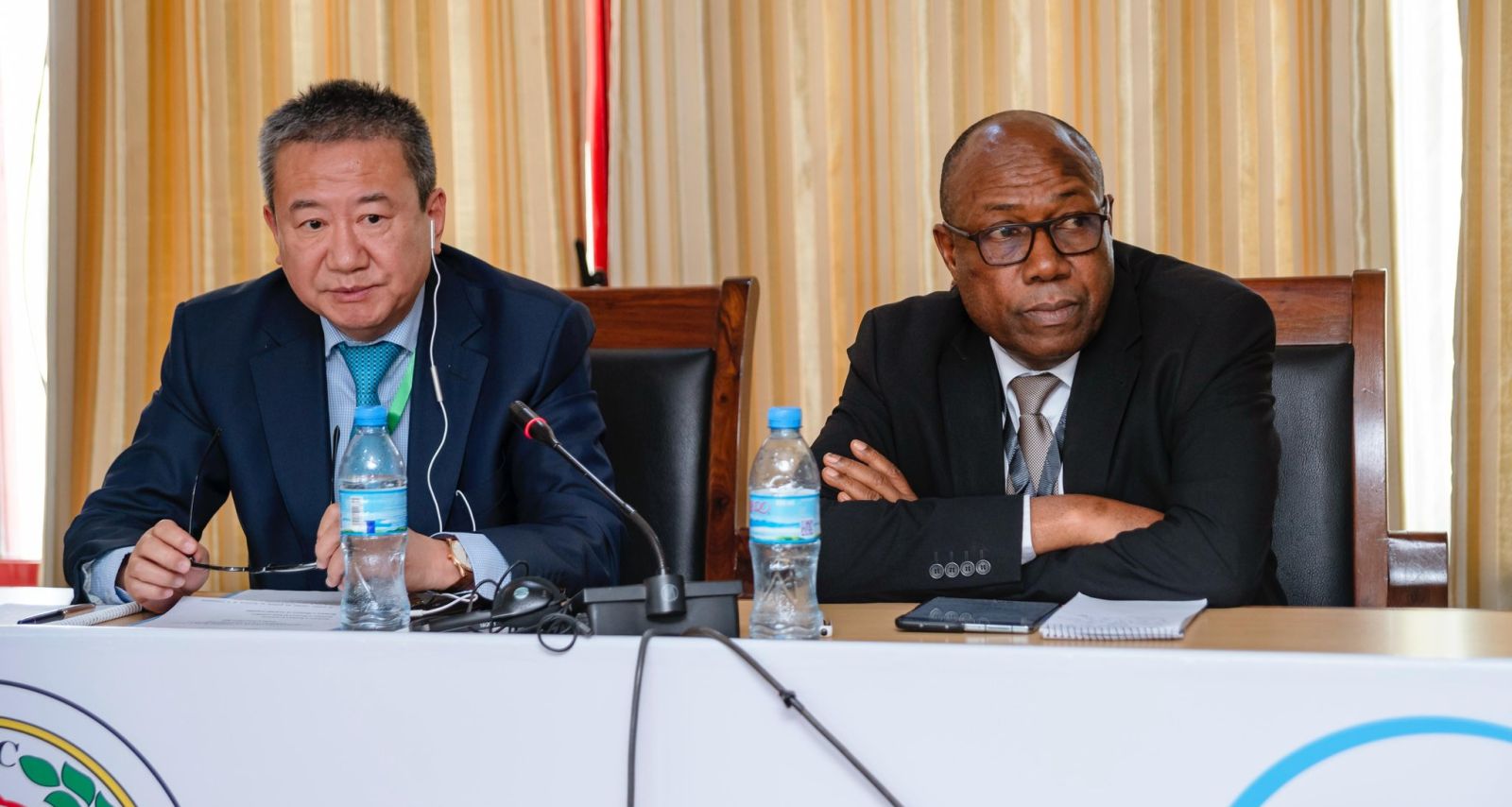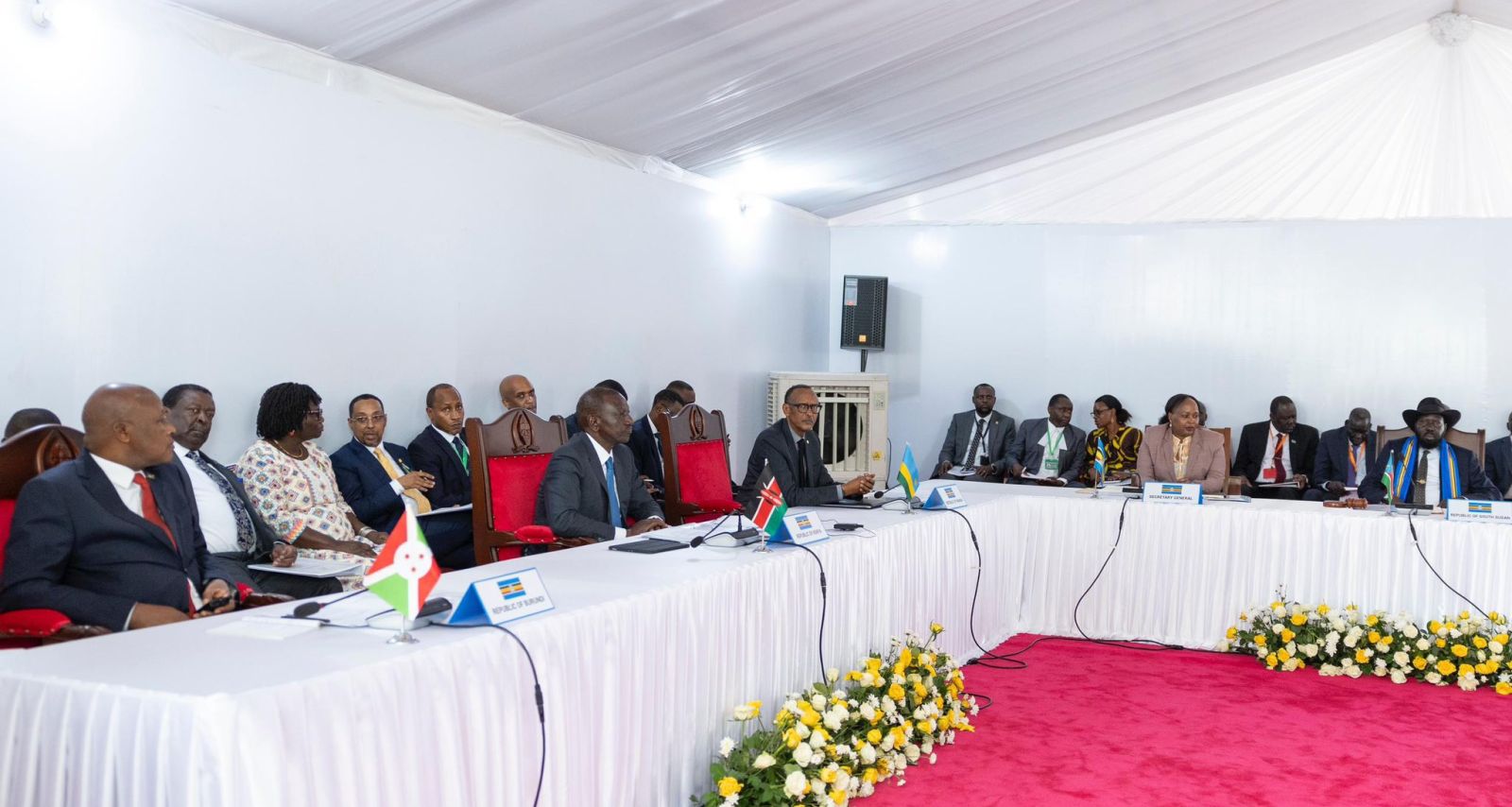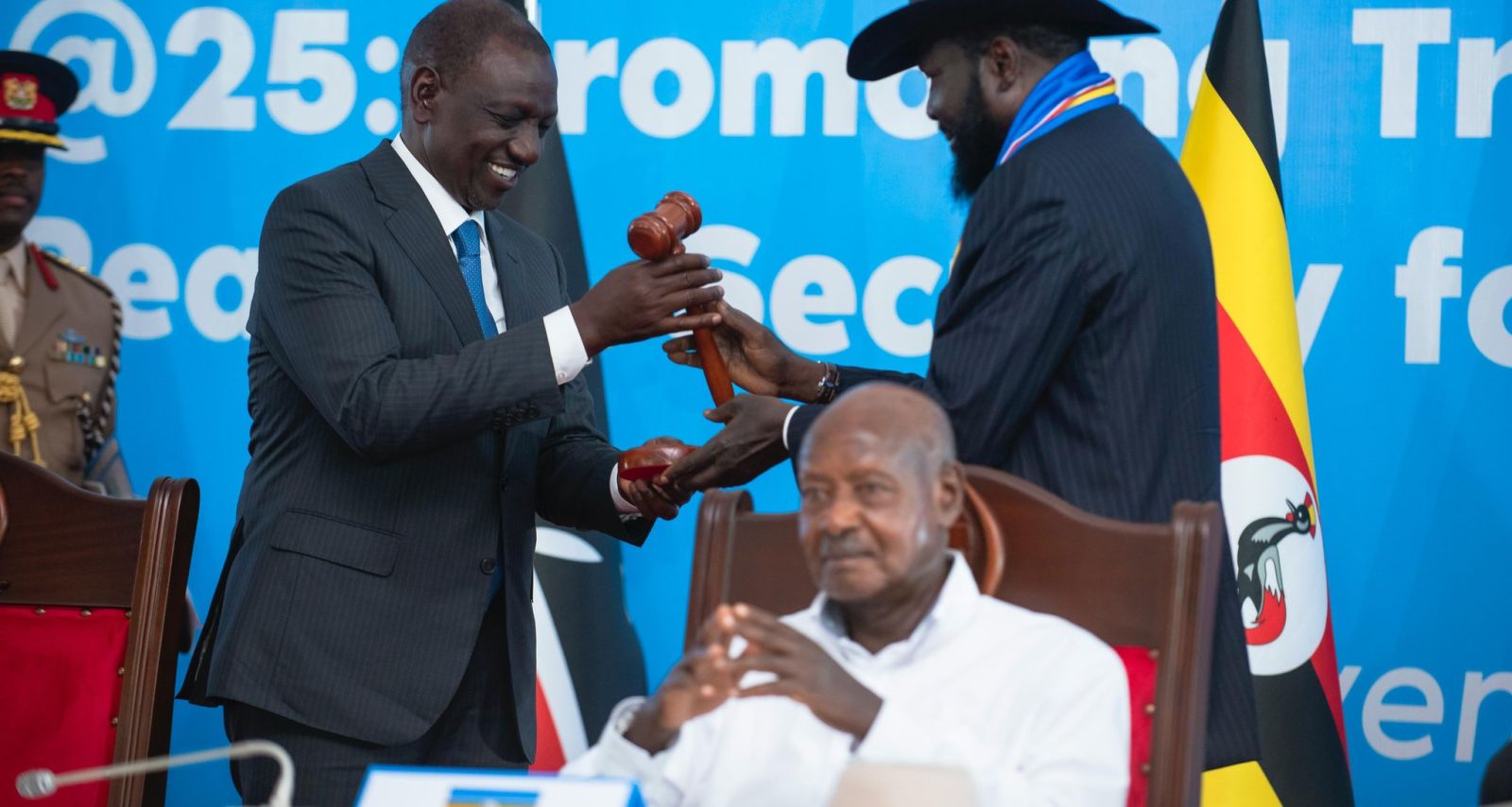Progress in the EAC Common Market
The East African Community (EAC) Common Market, launched in 2010, has been instrumental in deepening regional integration, facilitating trade, and driving economic development across the East African region. By promoting the free movement of goods, services, people, and capital, the EAC Common Market aims to create a single regional economic space where the economies of the Partner States can grow in a more integrated, efficient, and inclusive manner.
Social Rights and Development
The Common Market has made significant strides in advancing social rights, particularly by facilitating the free movement of people, which has opened opportunities for cross-border employment, education, and social services. The right to reside and establish businesses across the region has led to greater mobility for the workforce, with millions of citizens benefiting from access to better employment opportunities and a broader regional job market. This mobility has also promoted cultural exchange and social cohesion, helping build a more integrated East African community.
The EAC has also implemented policies that promote social inclusion, including the EAC Social Development Policy Framework, which focuses on improving access to education, healthcare, and other essential social services. The EAC region has also benefited from collaborative health initiatives, such as the EAC Health Strategy, which has fostered cross-border cooperation on disease control, vaccination programmes, and the management of health crises like the COVID-19 pandemic. The region’s joint approach to public health challenges has been critical in ensuring a coordinated response to epidemics and health emergencies, strengthening the resilience of the social systems.
Capital Mobility and Investment
Capital mobility is another key component of the EAC Common Market, which has created a more conducive environment for investment across the region. The development and harmonisation of financial regulations have made it easier for investors to operate across borders. The EAC also launched the EAC Investment Promotion Strategy to attract foreign direct investment (FDI) and promote regional investment in sectors such as infrastructure, manufacturing, and technology.
Trade and Productive Sector Development
One of the key achievements of the EAC Common Market has been the elimination of barriers to intra-regional trade, particularly the reduction of tariffs and non-tariff barriers. This has resulted in an impressive increase in trade among Partner States, with intra-regional trade growing from 10% of the total EAC trade in the early 2000s to over 20% in recent years. The introduction of a Common External Tariff (CET) has further streamlined trade by ensuring uniform customs duties across all EAC Partner States.
In the productive sectors, the Common Market has fostered the establishment of regional value chains, particularly in agriculture and manufacturing. For example, the integration of the agricultural sector has enhanced food security, improved agricultural productivity, and facilitated the movement of agricultural products across borders. Various regional programmes have been in an effort to increase productivity and competitiveness in the sector. The Agriculture sector accounts for 25%-40% of EAC Partner States (Kenya, Uganda, Tanzania, Rwanda, Burundi, and Republic of South Sudan) Gross Domestic Product (GDP) and is a leading employer for over 80% of the population in the region. In manufacturing, initiatives such as the East African Industry Investment Strategy focus on promoting regional industrialization through joint ventures, technology transfer, and harmonized policies.
Infrastructure Development
Infrastructure development has been a cornerstone of the EAC Common Market, with significant investments in transportation, energy, and ICT designed to enhance connectivity and facilitate trade. Regional infrastructure projects, such as the expansion of the East African Railway Network and the development of key Transport Corridors such as the Northern Corridor and the Central Corridor, have improved the movement of goods and people within the region. The construction and expansion of major ports, such as the Mombasa Port and Dar es Salaam Port as well as the implementation of regional transport standard such as the EAC Vehicle Load Control Regulations have further boosted intra-regional trade.
The EAC has also prioritized energy infrastructure integration, with projects like the EAC Regional Power Pool, which aims to enhance electricity generation, distribution, and cross-border energy interconnectivity. The pooling of resources and expertise in energy generation has helped address the region’s energy deficit, providing a more reliable and affordable power supply for industries and households.
Similarly, the EAC’s efforts in digital infrastructure, including regional broadband networks, have enhanced access to information technology, promoting innovation, e-commerce, and digital trade.
The EAC Common Market has been a driving force behind regional integration, creating a more dynamic and competitive East African economy. The EAC remains committed to realise the full implementation of the Freedoms and Rights as provided for under the Common Market Protocol and the harmonization of sectoral policies across all the Partner States.
